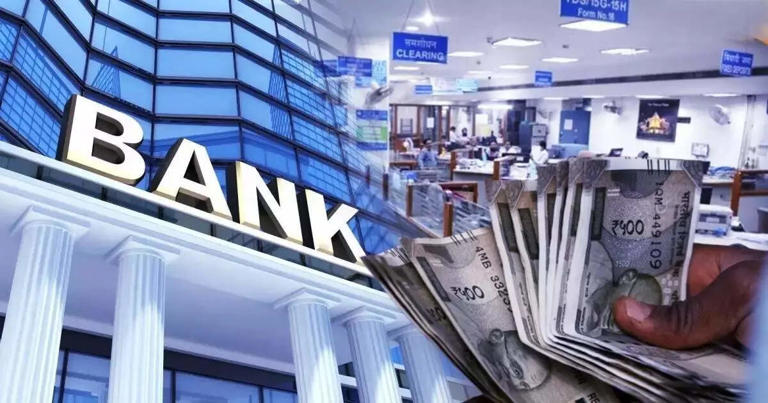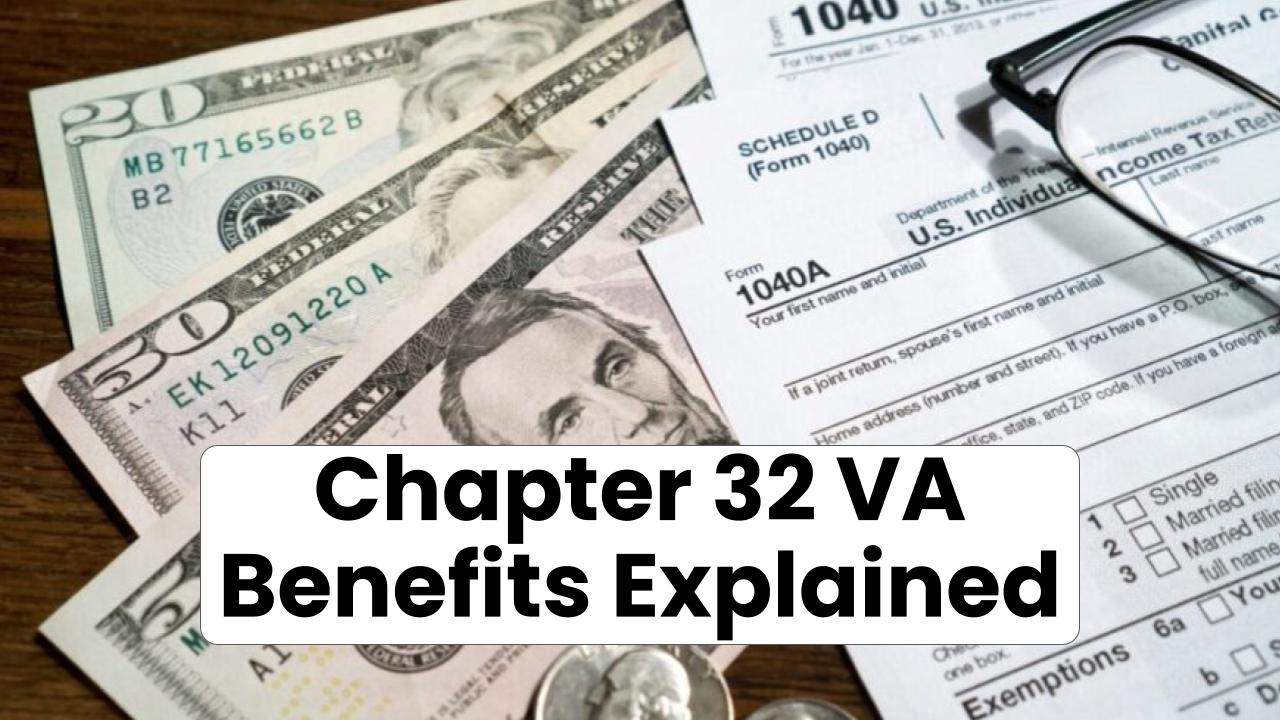In a significant move that’s turning heads across the banking world, Indian Bank has scrapped minimum balance charges for savings accounts and cut its key lending rate (MCLR) to 9%. That’s right—if you’re tired of getting dinged for not keeping a certain amount in your bank account, this one’s for you.

This policy change, effective July 2025, is part of a broader effort by the public sector lender to make banking more inclusive, competitive, and borrower-friendly. With rising interest rates, financial uncertainty, and a credit-hungry market, Indian Bank’s new game plan brings both relief and opportunity.
Indian Bank Makes Major Move: No More Minimum Balance Charges
| Feature | Details |
|---|---|
| No Minimum Balance Charges | Waived for all savings bank accounts as of July 7, 2025 |
| New 1-Year MCLR | Reduced from 9.05% to 9.00% effective July 3, 2025 |
| Impact | Easier savings access, slightly lower EMIs for MCLR-linked loans |
| Applies To | Personal, housing, auto, and business loans based on MCLR |
| Official Website | indianbank.in |
| Other Banks Doing This | SBI, PNB, Bank of Baroda, Canara Bank have similar policies |
Indian Bank’s latest changes may seem like small tweaks, but they’re part of a much larger wave of customer-first banking. Whether you’re managing everyday expenses, buying your first car, or investing in your dream home, lower costs and fewer penalties matter—and Indian Bank just made life a little easier for millions.
These moves show the bank’s commitment to financial transparency, customer empowerment, and inclusive growth—exactly what India’s banking sector needs in 2025.
What’s the Big Deal About Minimum Balance?
Let’s face it—minimum balance penalties are a pain. For decades, banks have charged customers a fee if they don’t keep a certain amount of money in their savings account, sometimes ranging from ₹200 to ₹600 a month. Not exactly helpful when you’re trying to save, right?
With this move, Indian Bank joins other top public sector banks like SBI and PNB in removing this outdated practice. You can now:
- Keep as little or as much as you want in your account.
- Avoid unnecessary penalty charges.
- Use your bank account freely without worrying about thresholds.
Example: Suppose you’re a college student with ₹300 in your account. In the old system, you’d get fined for being below the minimum balance of ₹2,500. Now? No penalty. Keep your money, spend it, or save it—your call.
What Is MCLR and Why Is a 9% Rate a Big Deal?
For anyone with a home loan, car loan, or personal loan, the Marginal Cost of Funds-based Lending Rate (MCLR) is the interest rate your bank uses to calculate how much you owe monthly.
What’s changed?
Indian Bank cut the 1-year MCLR from 9.05% to 9.00%. This 5 basis point drop may sound small, but over a long-term loan, it adds up.
Example: On a ₹20 lakh home loan for 20 years, this reduction could save you about ₹12,000–₹15,000 in interest over time.
Why Indian Bank Is Making These Changes
The banking industry is under pressure to:
- Boost financial inclusion.
- Offer competitive interest rates as private players and fintech apps flood the market.
- Attract more retail borrowers and small savers.
Public sector banks have been pushing for CASA growth (current and savings account deposits) without burdening customers. By eliminating penalties, Indian Bank is betting that people will trust them more and use their services freely.

What Should You Do Next?
Whether you’re a saver, borrower, or business owner, here’s a quick checklist:
If you have a savings account with Indian Bank:
- Relax! You won’t be fined for low balances anymore.
- Use your account more freely for online transactions, bill payments, etc.
If you have an existing loan:
- Check if your loan is linked to the 1-year MCLR.
- Contact the bank to understand how your EMI will change.
- Consider prepaying a portion now that interest is slightly lower.
If you’re planning a loan:
- Compare rates across banks using this new MCLR.
- Know that 9% is fairly competitive in the current market.
The Bigger Picture: Where Does Indian Bank Stand?
According to data from Statista, Indian Bank had total assets exceeding ₹6.3 lakh crore in FY24. With over 5,700 branches and strong government backing, it’s among the top PSU banks in India.
These moves—cutting lending rates and easing balance rules—are aimed at:
- Helping more people access affordable credit.
- Reducing non-performing assets by improving repayment rates.
- Gaining market share from aggressive private banks.
FAQs
Q1: Do I need to apply for the minimum balance waiver?
No. It’s automatic for all savings accounts starting July 7, 2025.
Q2: Will my loan EMI automatically decrease?
Yes, but only if your loan is linked to the 1-year MCLR. If not, you might want to switch or talk to your loan manager.
Q3: Is 9% MCLR a good rate?
Yes. It’s competitive among PSU banks and slightly better than many private lenders.
Q4: Does this affect fixed deposits or credit cards?
No. This change only affects MCLR-linked loans and savings accounts.
Q5: Will other banks follow suit?
Many already have. SBI, PNB, BoB, and Canara Bank have similar zero-penalty policies.








